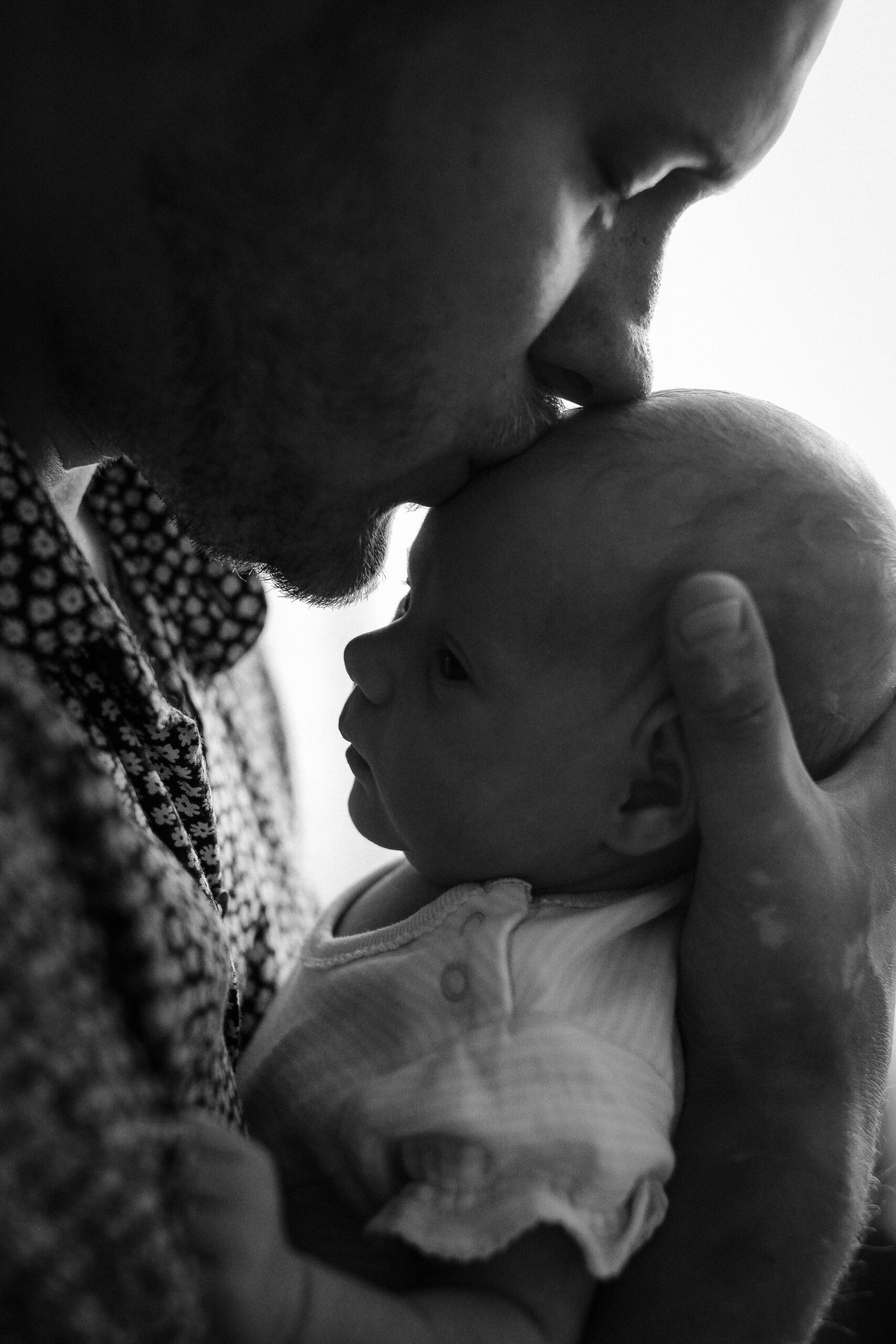Understanding Early Childhood Attachment

March 21, 2024
What is attachment?
Attachment refers to the deep emotional bond that forms between an infant and their caregiver. This bond helps children feel safe, secure, and loved! The quality of this bond predicts how we will relate with others across our lifetime. Our early experiences shape our “attachment style”, which is characterized by different patterns of behaviours and emotional regulation in relationships.
Although factors such as family stress levels, supportive relationships, and communication strategies play a role in determining relational outcomes, it is how these factors impact the caregiver’s behaviour that predicts attachment styles.
Attachment Styles and Early Interactions with Caregivers:
Are you comfortable with intimacy? Can you trust others so that you can express your needs? Do you have a positive sense of self in your relationships?
• Children who experience caregivers who are emotionally responsive to their needs for comfort, safety, and exploration learn to trust and feel secure. These children are comfortable with closeness and can safely go out to explore the world knowing they can return to their caregiver for comfort and reassurance. They are confident and have positive feelings of self.
Do you worry about your relationships or need reassurance about your worthiness? Do you fear abandonment? Are you clingy, emotionally needy, or dependent?
• Some caregivers are inconsistent in their responsiveness to children’s needs for comfort, safety, or exploration. They can be attentive and available at times and other times ignoring, distant, and overwhelmed. These children are often clingy and difficult to soothe. They fear separation so they limit exploration due to the unknown availability of their caregivers to provide reassurance or comfort. They are inhibited and less confident in the world around them.
Do you try and avoid getting too close, are somewhat aloof, and appear more comfortable being independent?
• Some children experience caregivers who are consistently unresponsive or rejecting and emotionally distant. These children learn to suppress their emotions and needs and often redirect their feelings. They learn to protect themselves by maintaining an emotional distance in relationships and struggle with closeness to avoid rejection and disappointment.
Do you feel conflicted or confused about wanting closeness, but are afraid of being too close?
• Sometimes caregivers are inconsistent as well as frightening or abusive. They are a source of fear to the child and may show the child behaviours that are often erratic such as showing affection one minute and hostility the next. Children want to approach for comfort but are confused or frightened by their caregiver’s behaviour. These children often struggle with regulating their emotions. This type of caregiver behaviour is often associated with later mental health issues for the child.
Research on attachment has repeatedly shown that children internalize the emotional responses they experience and observe from their caregivers. There is continuity in “attachment styles” across generations. Meaning that attachment patterns and behaviours are passed down from one generation to another through the caregivers’s interactions with their child.
These patterns of relating are not deterministic and attachment styles are not necessarily fixed. Attachment styles can be influenced by later experiences or by interventions, such as therapy or supportive relationships.
By exploring: attachment issues, relationship difficulties, trauma, and other mental health concerns we can come to an understanding of how our attachment styles impact our emotional well-being. This insight enables us to work towards building healthier more positive relationships with ourselves and with others.
Stay tuned for some insights into behaviours that are emotionally supportive and in tune with the child’s signals in addition to behaviours that support attachment security.
If you are interested in further understanding your attachment, connect with one of our counsellors today. Complete this quiz to get paired with a clinician today.
Interested in books on attachment, see some of the ones that we would recommend below.
Attached: The New Science of Adult Attachment and How it can Help you Find and Keep Love. https://amzn.to/3Y6tccJ
Disclaimer
Some links listed in this blog are affiliated with Amazon.ca, where Virtual Connect earns small monetary compensation from purchases, with no extra cost to you.
Blog Post written by: Sandi Bento
Thank you to Sandi Bento for sharing her expertise on attachment. Sandi worked in the Attachment Lab at Western University for over 30 years, and has published many articles on attachment. She examined attachment relationships with infants, young children, and adults. Along with her colleagues, she developed an assessment of caregiver behaviours that was significantly related to the caregiver’s attachment relationship with their parents.
Legal
© Virtual Connect 2025